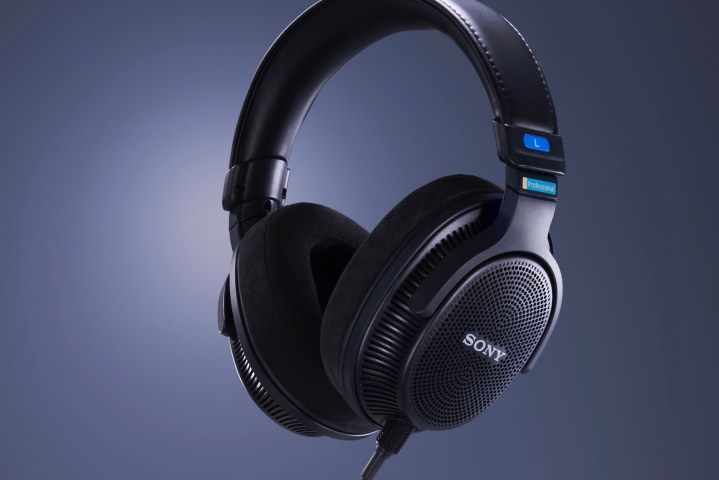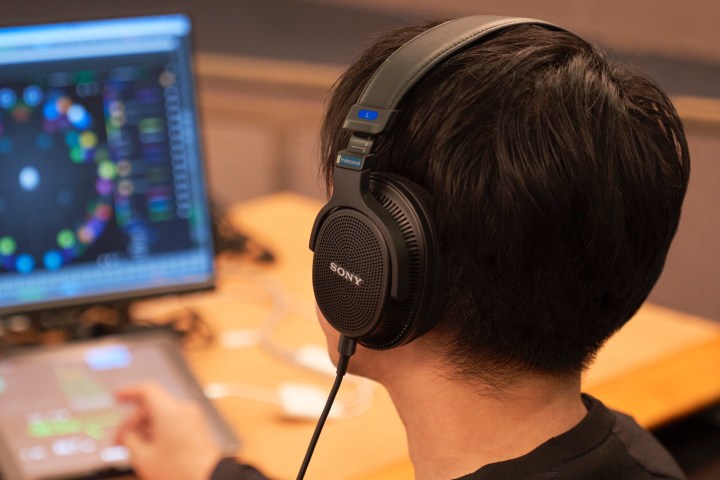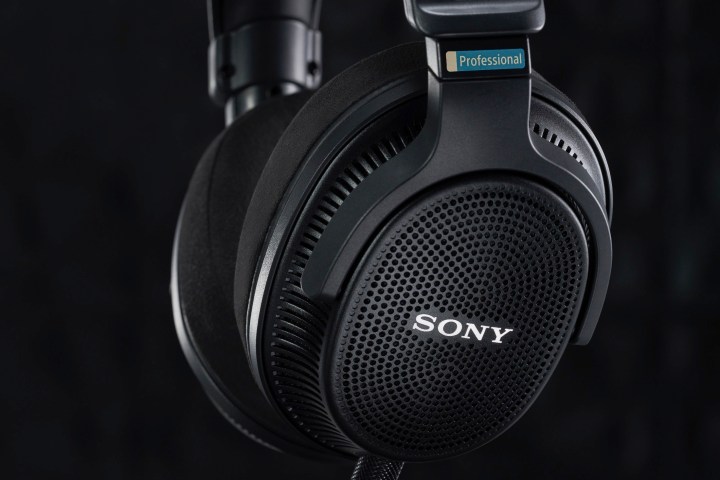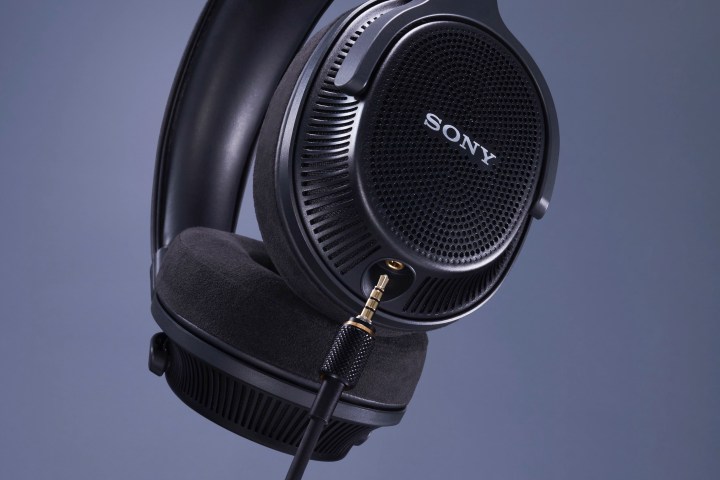Sony’s Pro division has just released a new set of wired studio monitors, the $400 MDR-MV1, a set of open-back headphones that Sony says have been designed specifically to aid in the production of spatial audio. They’ll be available later in April through Sony’s Pro website and authorized Sony dealers.

Sony’s professional monitors have been favorites of the music industry for years, and have also found a home among discerning audiophiles. But what makes the MDR-MV1 unusual as far as Sony cans go is their open-back design. With almost no exceptions (save for the discontinued Qualia 010 and MDR-SA5000), Sony heavily favors closed-back designs, which it uses on everything from the you can grab at any Walmart, all the way up to its top noise-canceling WH-1000XM5 and wired units that cost north of $1,000.

So what would make the company rethink its approach for the MDR-MV1? “With the rise in spatial sound and high-quality streaming music services, we are seeing a professional demand for headphones that can adaptably address and enrich all of these immersive production needs,” said Andy Munitz, senior product manager, Sony Electronics.
The company credits the open-back design of the MDR-MV1 for their ability to fill that role. According to a press release, the open-back architecture reduces internally reflected sounds and eliminates acoustic resonances while accurately reproducing natural, rich spatial information and sounds.

It also helps that Sony has equipped the MDR-MV1 with an impressive set of dynamic drivers, with a claimed frequency range of 5Hz to 80kHz. To put that in perspective, human hearing can rarely exceed 20Hz on the low end and 20kHz on the high end, and even so-called hi-res certified headphones are only required to reproduce up to 40kHz on the high end.
Sony says that the combination of the ultra-wideband playback and open-back design makes it easier for professionals to capture localization, spaciousness, and detailed changes in sound processing.

If the MDR-MV1 deliver on these lofty promises, they could lure many open-back fans away from companies like Sennheiser, Grado, Audio-Technica, and Beyerdynamic.
The MDR-MV1 come with breathable earpads, which Sony says are intentionally lightweight, soft, and “fitted to provide a pleasant wearing experience,” even after hours of use. They also come with a replaceable, detachable cable with machined aluminum connectors and a stereo mini-jack adapter.



